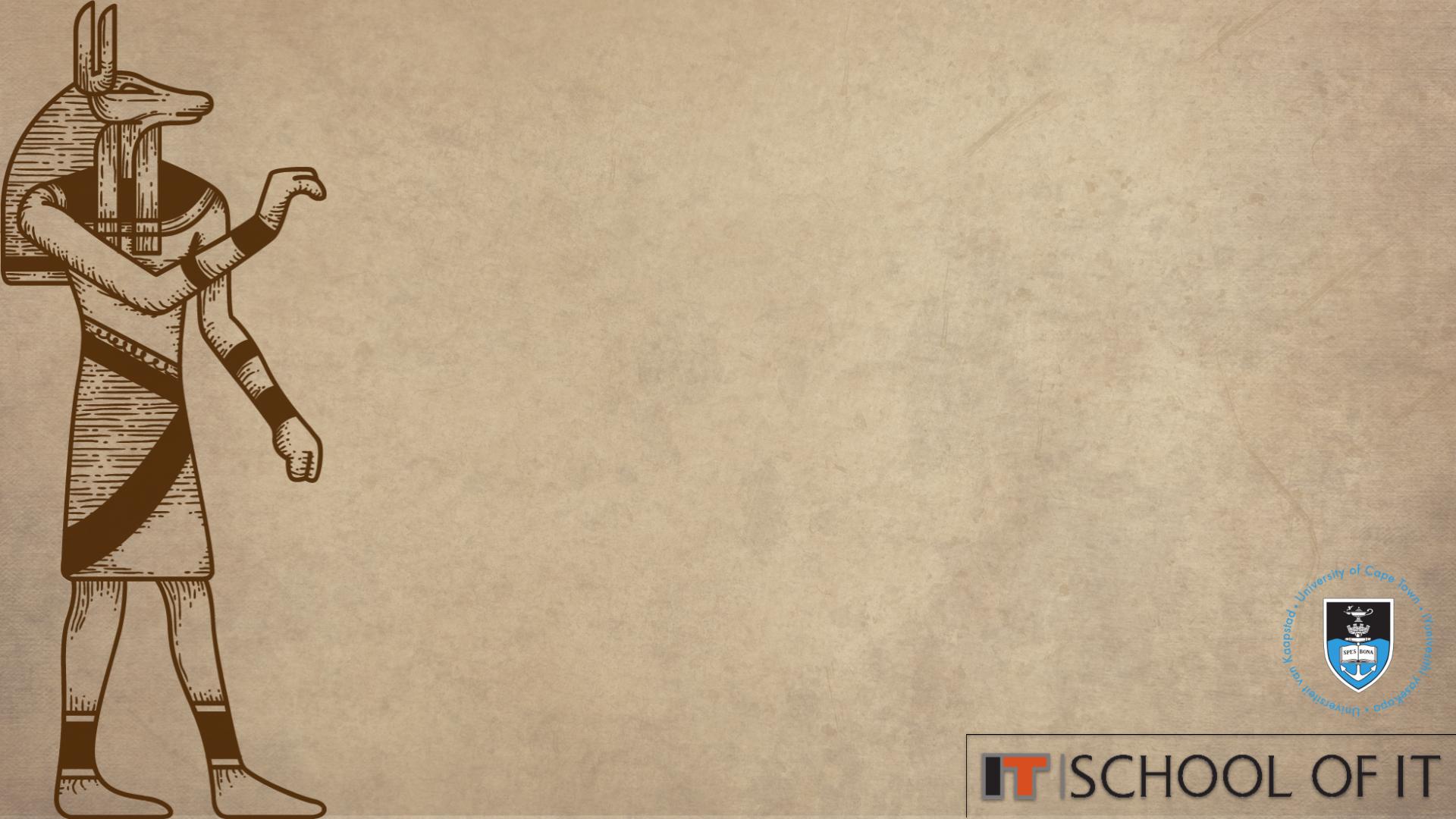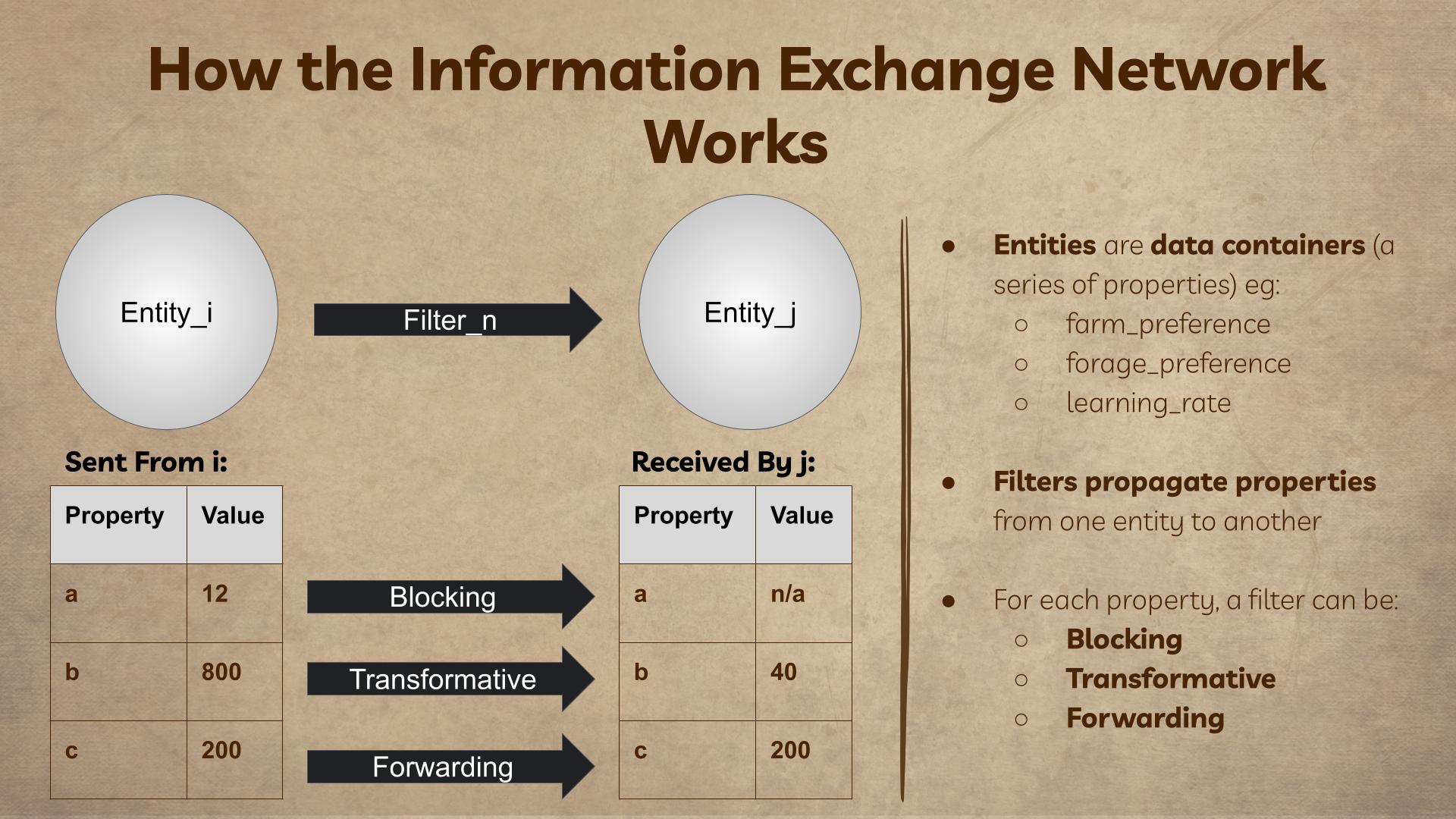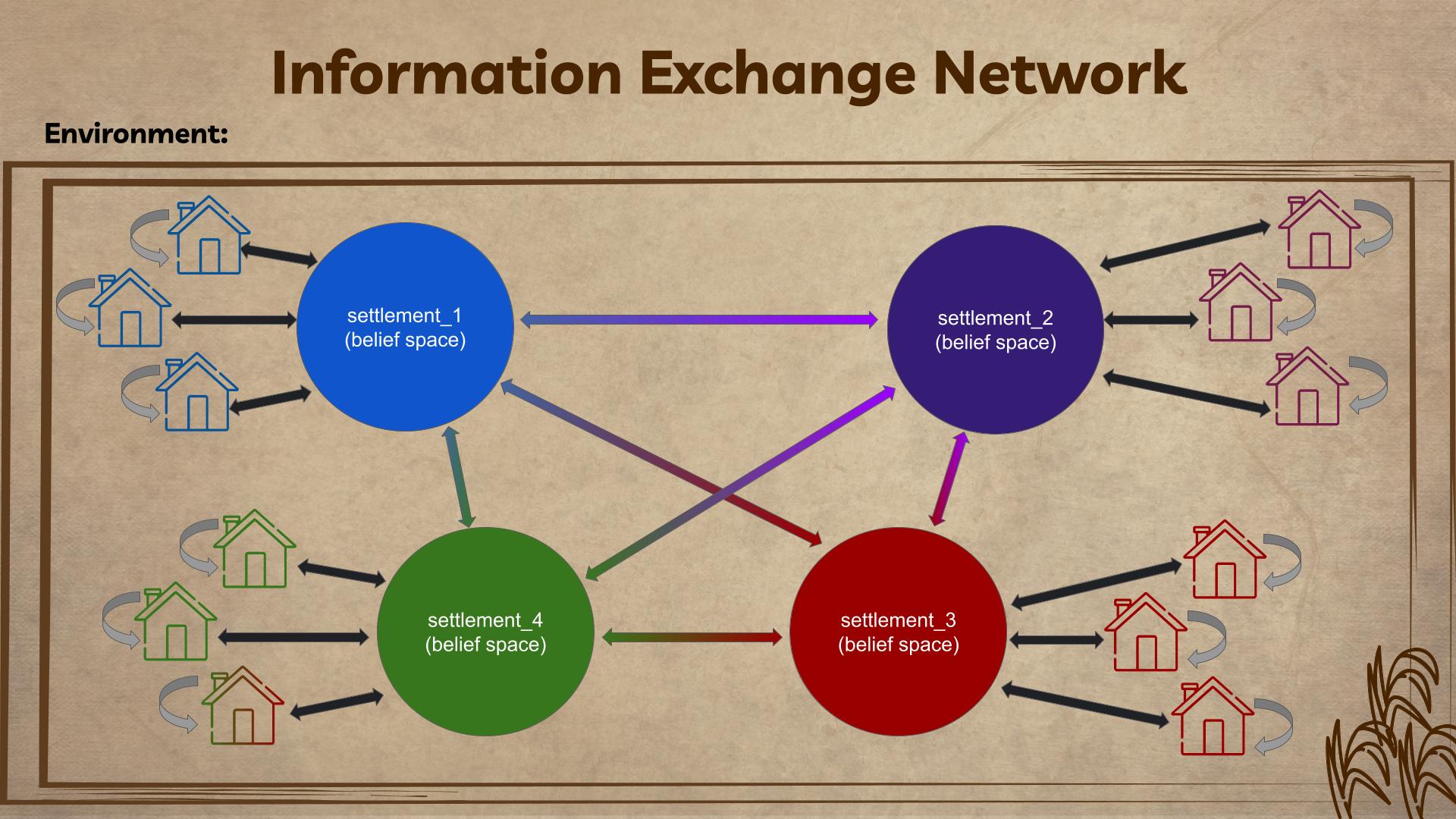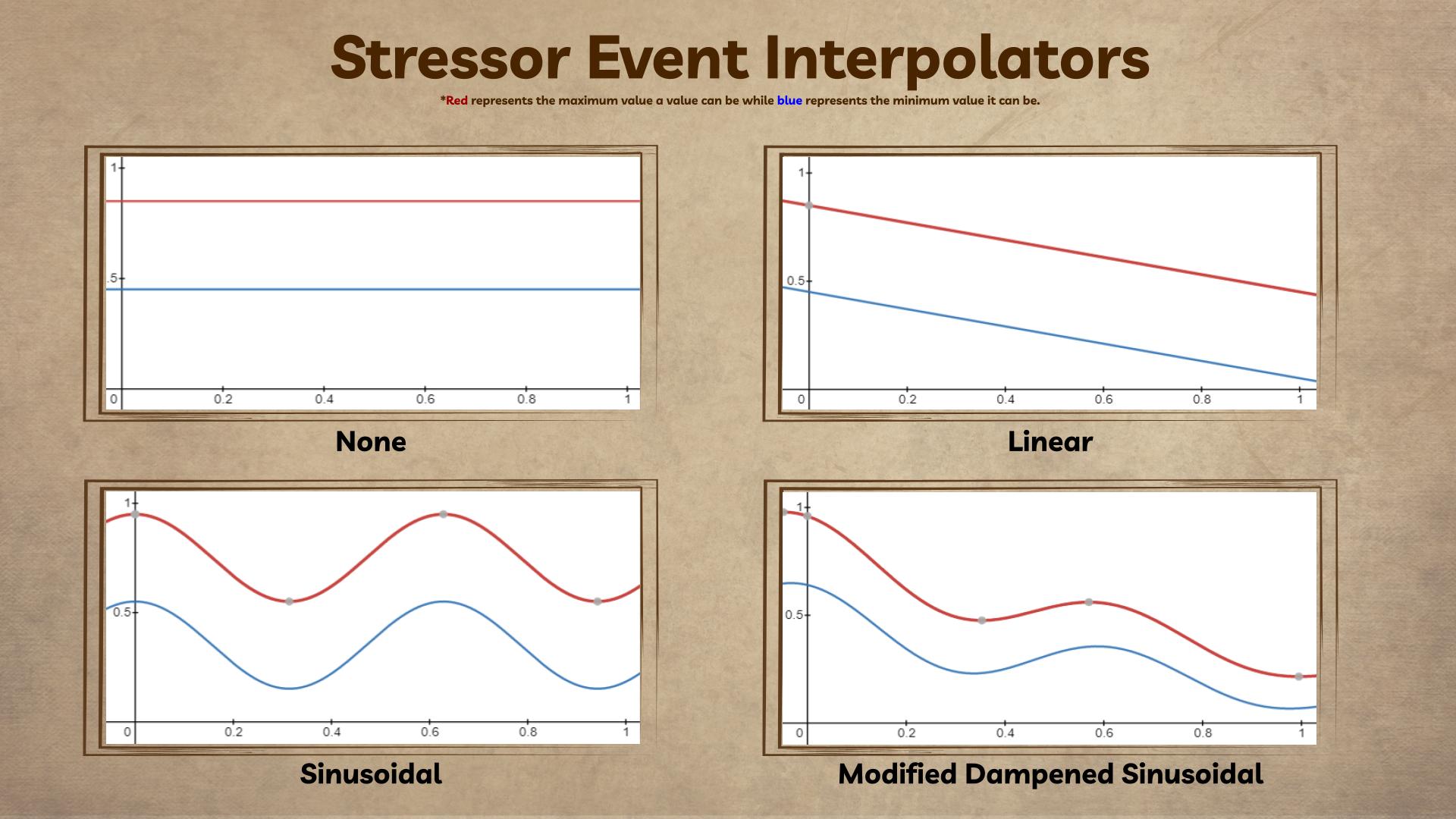
Using Machine Learning as Adaptive Mechanisms for Agent-Based Models Simulating Complex Social Phenomena
Talk to us
No meetings are currently scheduled.
Agent-Based Models (ABM) are dynamic computational models that utilize autonomous agents capable of interacting with other agents and adapting to novel situations within the simulations they occupy.
ABM are becoming increasingly popular in Computational Archaeology whereby ABM allow archaeologists to study the emergence of complex social phenomena through the lens of individual behaviours and interactions not typically observable in the archaeological record. However, ABM are no panacea. This is especially true when it pertains to modelling adaptability, a fundamentally human trait not evident in most ABM.
We develop an information exchange model that utilizes Machine Learning (Specifically Genetic, Cultural and Reinforcement Learning algorithms) as filters that facilitate the introduction of adaptive mechanisms into our ABM. Using Predynastic Egypt as a contextual backdrop, we demonstrate that our Adaptive agent exhibits greater adaptive capacity than traditional, rule-based, agents. Additionally, we demonstrate that the Adaptive agent produces emergent phenomena not evident in the traditional agent. The most notable of these emergent phenomena is the emergence of hybrid resource acquisition strategies whereby the Adaptive agents are capable of alternating between Foraging and Farming depending on the conditions within their environment.
Videos
Images





